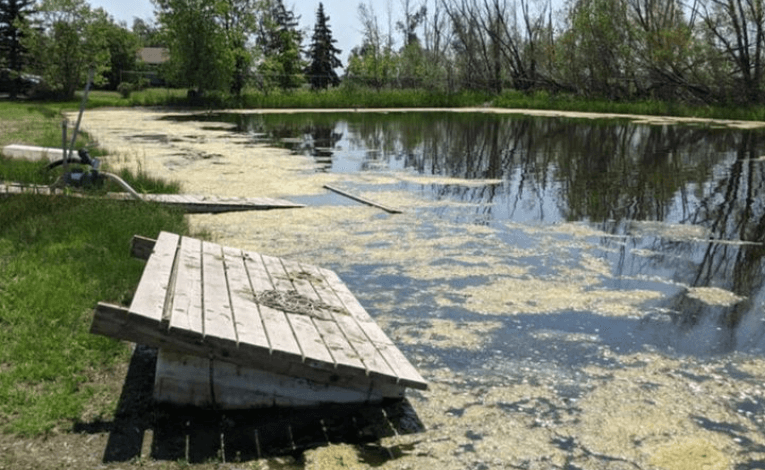Lake Water Treatments – Effective Solutions for Healthier and Cleaner Lakes

Lakes are vital ecosystems that provide recreation, biodiversity, and aesthetic beauty to communities. However, over time, lakes can become plagued by algae blooms, murky water, foul odors, and invasive aquatic weeds. These problems are typically caused by an imbalance in the lake’s natural processes—often due to pollution, nutrient overload, and lack of maintenance. That’s where Lake Water Treatments come in.
Professional lake water treatments are designed to restore ecological balance, improve water quality, and preserve the long-term health of lake ecosystems. From biological additives to aeration systems and environmentally safe algaecides, the right treatment plan can transform a struggling lake into a vibrant aquatic habitat.
Why Lake Water Treatments Are Necessary
Lakes naturally accumulate organic matter, runoff, and nutrients like nitrogen and phosphorus. These nutrients feed algae and aquatic weeds, which, in excess, lead to:
- Harmful algal blooms (HABs)
- Oxygen depletion
- Fish kills
- Bad odors and discoloration
- Loss of recreational use and property value
Without intervention, a lake’s water quality can decline rapidly, endangering aquatic life and human enjoyment. Lake water treatments offer proactive and corrective solutions to restore and maintain a healthy environment.
Most Common Types of Lake Water Treatments
1. Aeration Systems
Aeration is a core component of any effective lake management strategy. Lake aerators increase dissolved oxygen levels, which:
- Improve fish health
- Break down organic waste
- Reduce bottom sludge
- Prevent stagnation and foul smells
Popular systems include surface fountains and bottom-diffused aerators, both of which help circulate water and prevent thermal stratification.
2. Biological Treatments
These treatments use beneficial bacteria and enzymes to digest organic waste and outcompete harmful algae and pathogens.
- Natural bacteria blends reduce muck and sediment
- Enzymes break down complex organic compounds
- Safe for fish, plants, and wildlife
- Often applied monthly or seasonally
Biological treatments are eco-friendly and ideal for long-term lake water restoration.
3. Algae Control and Algaecides
Excessive algae growth, especially blue-green algae, is a common threat to lakes. Carefully applied, EPA-approved algaecides can eliminate blooms quickly.
- Fast-acting formulas for visible algae control
- Copper-based or peroxide-based options
- Some offer selective targeting to preserve beneficial plant life
These should be used with professional guidance to avoid harming the ecosystem.
4. Nutrient Reduction Treatments
Treatments that bind phosphorus or prevent it from being released from sediments can help control algae naturally.
- Products like phoslock or alum-based treatments bind nutrients in water
- Reduces algae food sources
- Often used in combination with aeration and biological methods
5. Aquatic Weed Management
Invasive species like hydrilla, milfoil, and duckweed can choke lakes, disrupt water flow, and smother native species. Targeted herbicides or manual/mechanical removal can restore balance.
- Use of eco-friendly herbicides
- Mechanical harvesting for large infestations
- Prevents re-growth when combined with nutrient management
Best Practices for Long-Term Lake Health
To maintain a clean and balanced lake, consistent care is essential. Key steps include:
- Routine water quality testing
- Seasonal treatments and monitoring
- Controlling runoff from nearby properties
- Installing buffer zones with native vegetation
- Educating local communities on best practices
Conclusion
Lake water treatments are a vital tool in restoring and preserving the health of lakes. Whether the issue is algae, muck, low oxygen, or invasive weeds, a combination of aeration, biological additives, and safe chemical solutions can dramatically improve water quality and ecological balance.
Investing in regular lake care not only enhances natural beauty and recreational use but also protects local biodiversity and water resources for generations to come.




